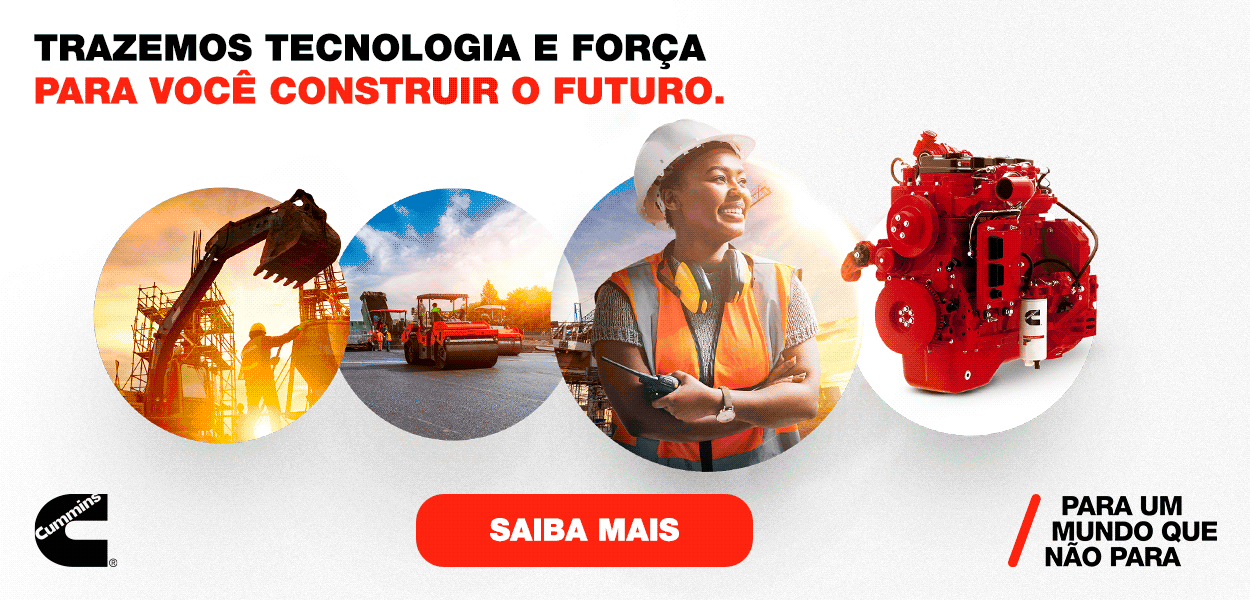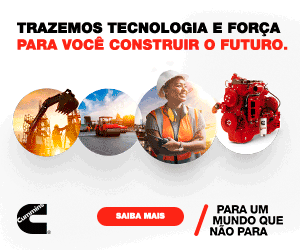Putting the mouth out of water
In spite of turbulent waters, harbor terminals of the country overcome uncertainties and attract investments for the industry of related equipment
Harbor industry is one of the few areas that kept a relatively constant volume—at least if compared to other industries—of sales in the country. Obviously this modal also felt the impact of the historic economic collapse but we may see that foreign trade—and indirectly the industry of load handling equipment—due to industrial goods or commoditiesis keeping its mouth out of water.
In suchscenario, equipment industry has in this area an exhaust valve for its specialized (and expensive) products, keeping the investments in levels which may update available harbor technologies.Terex Port Solutions (TPS), for example, bets in solutions such as the G HMK 8412, an updated version of the harbor mobile crane model 8 G HMK 8410, derived from the generation 5 which includes three families of equipment and eight models of cranes with a wide coverage of harbor applications. Specified for operations with large-size ships (capacity above 8.800 TEUs), it is equipped with a higher tower that increases its reach up to 61 meters, threemore than its predecessor.Thisensures an increase of 24 percent in its capacity, currently of 50 t.
According to the company, the higher pivot will enlarge the operator’s field of vision up to 43 meters at eye’s level, making easier the operation. It may reach with ease and efficiency the distant 20th row of containers, making unnecessary side traveling along the ship by the crane.
In addition, the model G HMK 8412—which operates with a hybrid diesel-electric system—travels on 12 shafts, distributed in four three-shaft bogies. The distance between these bogies was increased from 1650 mm to 2650 mm, in a way to make weight distribution—and consequently load on the pier—more uniform. This is a considerable improvement considering the uneven floor conditions existing in port terminals around the world and especially in Brazil.
More than a reshaped product, Terex informs that it is a new perspective for harbor area, already widely used in European and American hubs but with low use in Brazil. According to João Pensa, senior sales manager of TPS for Latin America, the automation of port terminals is already a reality in many countries such as Holland, England, Germany, Japan, Korea and United States, where labor cost is higher. “When we talk about automation, there are not many examples in Latin America”, says the executive. “But we are having a very good receptivity.We could see this when carrying outat the Intermodalan important negotiation of a set of automated and semi-automated equipment for an important client of the area.”
A model of reach stacker which will be launched in Latin America only in September—whose configuration is being modified to attend to Brazilian emission standards—was also included in this sale. The original model, produced by Terex Gottwaldin Germany is equipped with a Tier IV engine but—as we know—Brazilian standards just reached Tier III and, for example, the country has notconditions forenough supply (in terms of volume) of the fuel needed to supply the most modern engines.

Av. Francisco Matarazzo, 404 Cj. 701/703 Água Branca - CEP 05001-000 São Paulo/SP
Telefone (11) 3662-4159
© Sobratema. A reprodução do conteúdo total ou parcial é autorizada, desde que citada a fonte. Política de privacidade














